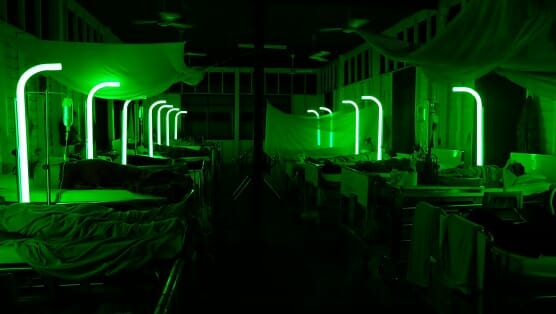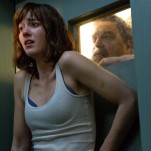Cemetery of Splendor (2015 Cannes review)

There’s no middle ground with Thai director Apichatpong Weerasethakul’s films: You’re either on their poetic, dreamlike wavelength, or you’re not. In his finest movies (Syndromes and a Century, Uncle Boonmee Who Can Recall His Past Lives), the terror and beauty of the everyday gets transmuted into something mystical—his movies can be deliberate and realistic, and yet also quite fantastical, with no clear demarcation between the two plains. Some find Weerasethakul’s movies baffling, slow, tedious. But approach them in the right headspace, and they can be transformative.
His latest, Cemetery of Splendor, will require multiple viewings—just as all his films do—so that its thick fog of images, ideas and moods can be properly digested. But at this stage, it seems apparent that Weerasethakul has repeated some themes and some visual tricks from previous films. And it’s also clear that it doesn’t much matter: This emotional/philosophical terrain is his and his alone, and he’s still finding fresh ways to explore it.
-

-

-

-

-

-

-

-

-

-

-

-

-

-

-

-

-

-

-

-

-

-

-

-

-

-

-

-

-

-

-

-

-

-

-

-

-

-

-

-








































